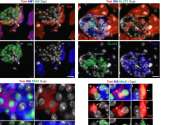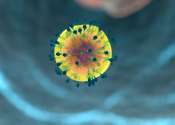How gut bacteria can impact treatments for cancer
A large team of cancer researchers affiliated with multiple institutions in Germany, working with a colleague from the U.S., has discovered some of the ways gut bacteria can positively impact treatments for cancer. In their ...









